The world’s historical societies and museums are stocked with many priceless artifacts from the past, but some of the world’s most expensive treasures have been buried and forgotten or taken over in war, or simply misplaced without a good set of clues to get back to them. As more time passes, more and more of these lost treasures become forgotten.
In fact, some of these treasures have been missing for long enough to become a legend, while others, missing for even longer, have had their very existence relegated to a mere rumor. If you’re intrigued by the mind-blowing value of rare and historical artifacts, you’ll also want to explore the most expensive secret bases that officially don’t exist, hidden locations rumored to house untold wealth, advanced technology, or classified operations. Keep reading to discover more about the TOP 10 unbelievable Treasures No One Could Find.
But if they existed, they must be somewhere, right? Some have ended up on the black market, others are hidden away in private collections of the megarich, while others have been lost to the years of history as they have been destroyed.
Most expensive Treasures No One Could Find
Let’s visit the 10 amazing treasures that are reputably known as having existing but ones that no one can find anymore.
1. The Wright Brothers’ Patent
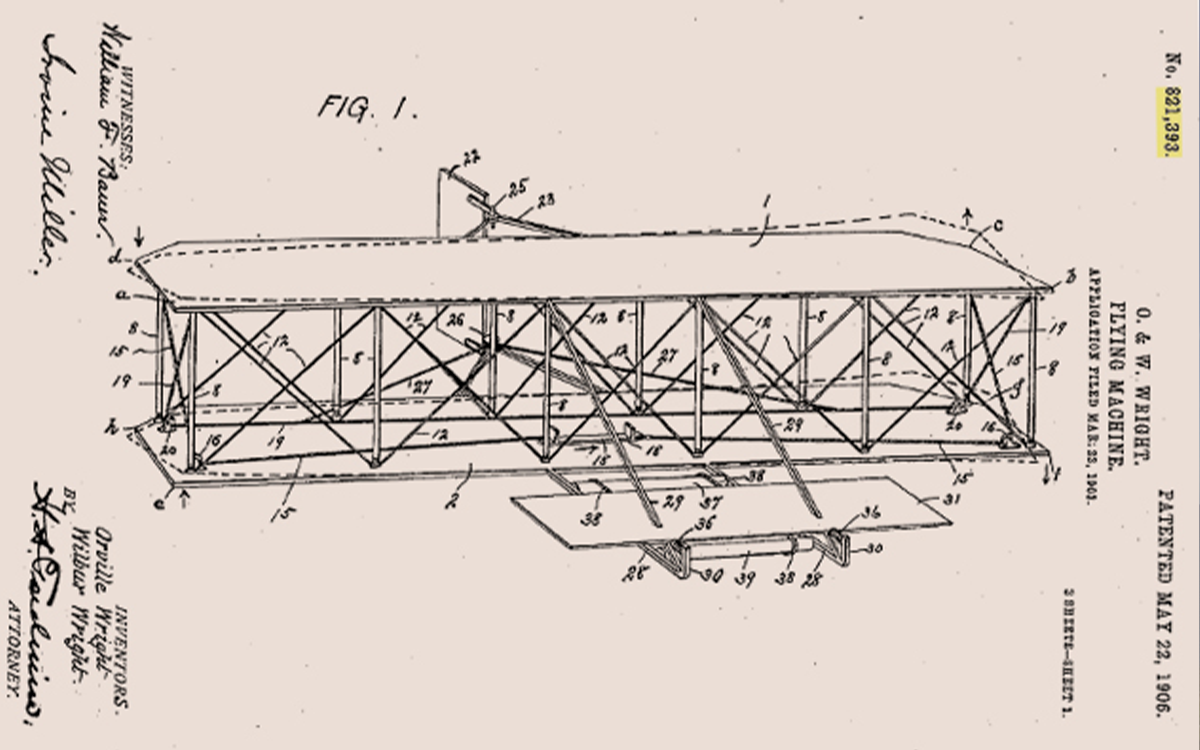
The security at the National Archive is state of the art. It must be, as the entity guards some of the rarest and most prized documents from humanity’s past. But even this anthropological storehouse is not immune to being compromised by thieves who have made off with some priceless and irreplaceable pieces.
One such example is the theft by an unknown part that got away with the patent papers describing the concept of a flying machine by Orville and Wilbur Wright. No one is quite sure how long this historical patent was missing, but its absence was discovered only in 2003. All traces of the culprit were proved ineffective, with the attempt to apprehend the thief ending up a fruitless endeavor.
This was far from the first or isolated incident of thefts at the National Archive. They have been frequent enough that an armed task force has been tasked with tracking them down. To their credit, they recovered the final audio tapes from the Hindenburg crash, as well as the photos, that were taken on the moon by the first human astronauts to land there. But with the patent from the Wright Brothers, until someone tries to sell rudimentary sketches of airplanes from the early 20th century, we may be left simply wondering where the papers have disappeared.
2. Tanto Mei-Kunimitsu
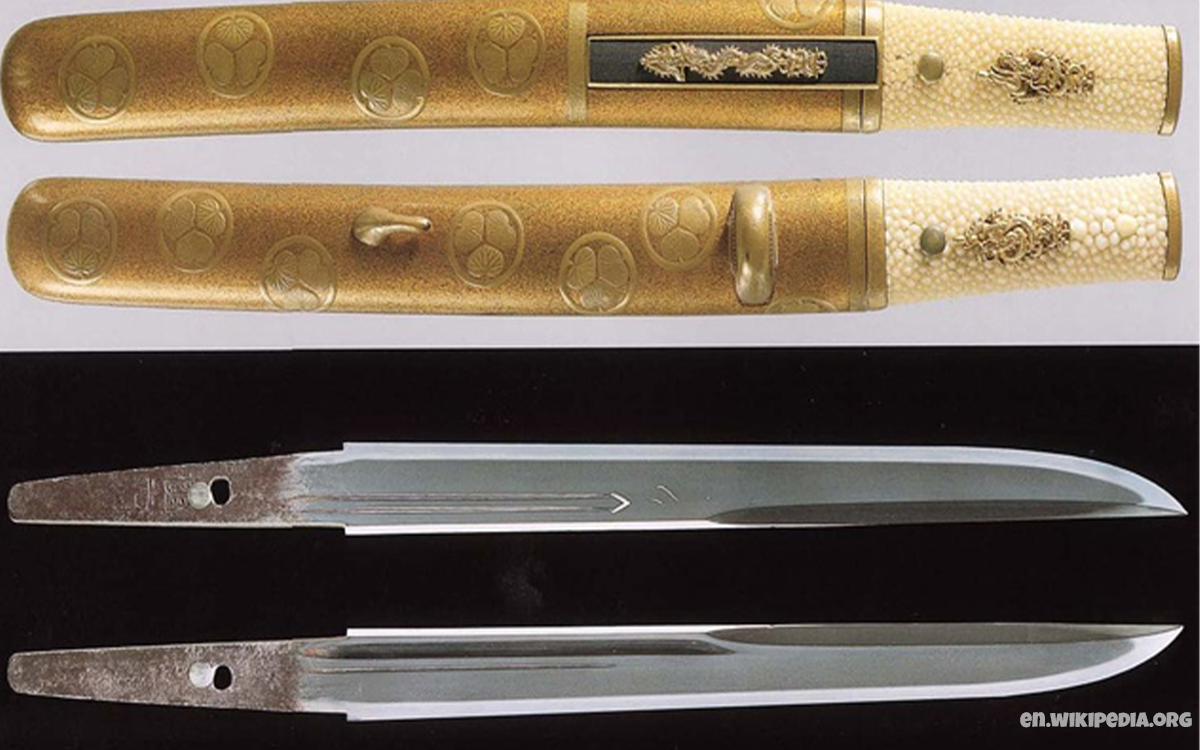
The US is not the only victim of stolen historical artifacts. Japan’s Agency for Cultural Affairs has reported 109 important historical artifacts and national treasures being absent from their collections unexpectedly. Because these missing relics were in the safe-keeping of private owners, tracking them down would not have been possible for the agency.
Many of the items reported missing, including, 10 paintings, 17 sculptures, and 52 swords, could not be located. The reasons cited ranged from being stolen or the owner relocating to no one keeping track of the possessions after their death. One of the missing tanto swords was the “Kinimitsu,” a 13th-century sword, which the agency was not notified about after the owner. Because the ancient treasure was a part of a highly-valued inheritance, the agency’s inability to locate the prized commodity drew attention.
The agency cites the reason for these kinds of oversights as being linked to the owners simply being unaware of policies involved in tracking the location of these items. There is an ongoing initiative to visit and converse with the owners of the remaining historical relics to manage documentation about their location.
3. City Of Paititi
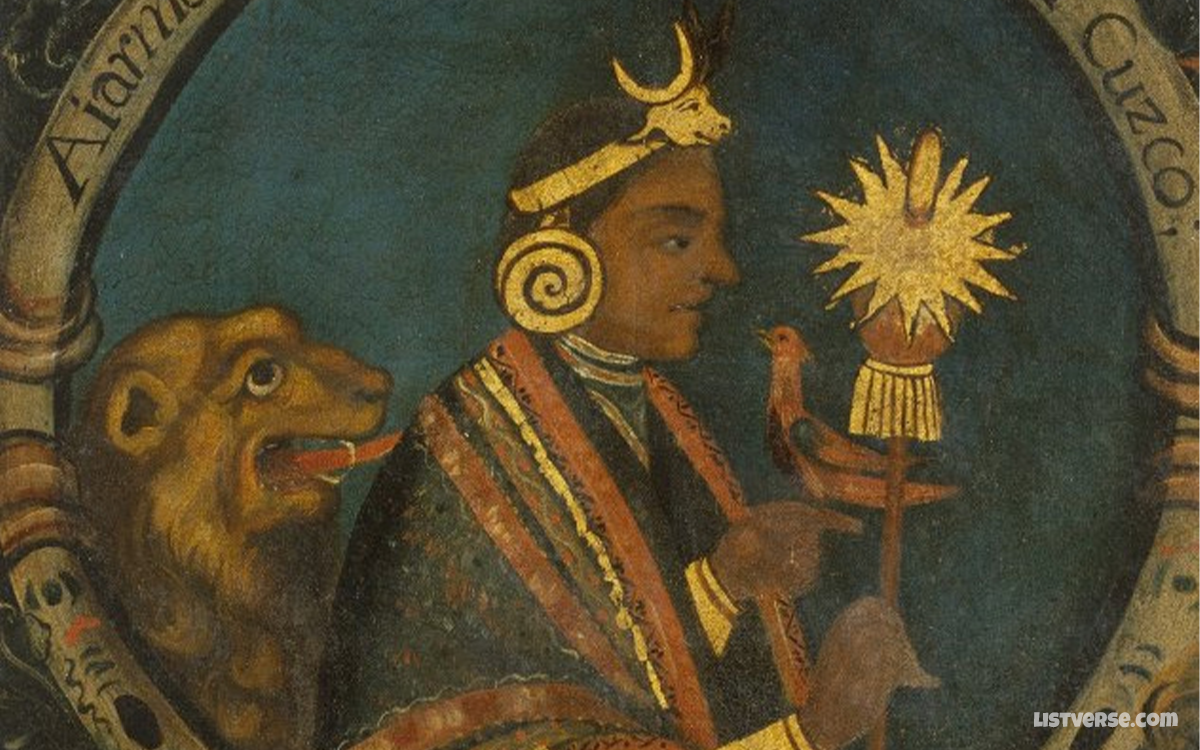
Ancient Incas are said to have hidden their gold treasures from marauding European invaders in the obscurely located city of Paititi. While tales of this city have lasted for centuries, no one had ever seemed to actually find it. The legend of it grew and became commonly known as the mysterious city of gold or El Dorado. To this day, excited explorers yearn to stumble into untold riches by finding the mythical location of the city of gold.
Explorers have combed the Peruvian jungles seeking the city, and their efforts did lead them to many remote settlements in the region. They even claimed to walk away with some clues that they believe would put them on the trail to Paititi. As of this time, no one knows if the city of Paititi (or El Dorado) is actually real, but until proven wrong, it remains a standing legend.
4. Patiala Necklace

Designed by the house of Cartier in 1928, the Patiala Necklace was an item of rare beauty, adorned with 2,930 diamonds and a host of Burmese rubies along five platinum chain rows. These were a gift to the Maharaja Sir Bhupinder Singh, and to signify their significance, the necklaces’ centerpiece was a 234.6-carat yellow diamond. This golf-ball-sized gem of unfathomable worth is the famed DeBeers Diamond and the world’s seventh-largest diamond in existence.
In 1948, the necklace went missing. Maharaja Yadavindra Singh, the son of the original gift recipient was the last person seen wearing it. 50 years after its mysterious disappearance, the necklace resurfaced in London, found by a Cartier representative.
However, some of the most impressive jewels on it, including the Burmese rubies and the DeBeers diamond were missing. While DeBeers restored the necklaces to their best abilities, they had to use less expensive gems and cubic zirconium for the centerpiece. The original diamond, which would be worth between $20 million and $30 million today, was believed to have been sold in parts after being dismantled by the Maharaja family.
5. The Mahogany Ship

An old wreckage that sank miles from any cost without any ability for search parties to reach the ocean bottom to find it could take decades, or in some cases, centuries to locate, if it can be done at all. But the story of a Mahogany Ship is something different entirely. It isn’t in the open waters of the ocean or at an unreachable depth. In fact, its location is quite well established, at least based on stories. Allegedly the wreckage lies beneath the southwestern Australia sand dunes near Victoria.
The dark wooded ship was assumed to be made from mahogany, though the materials of its composition have always been questioned, is thought to have been a 1522 Portuguese exploratory ship, looking to explore the wild and unknown land down-under. After it sank, with no one to locate it, no trace of it was seen until 1847, nearly 350 years later. Then, it seems that it disappeared entirely.
Of course, the stories are largely conjectured from the locals and whalers over 150 years of stories, but its existence (or lack thereof) has yet to be totally proven or disproven. It is said by those who bought into the legend that the HMS Endeavour, Captain Cook’s ship, and the first European vessel to reach Australian shores, was not the first to actually do it, as the Mahogany ship was there first.
6. Victoria’s Parliamentary Mace
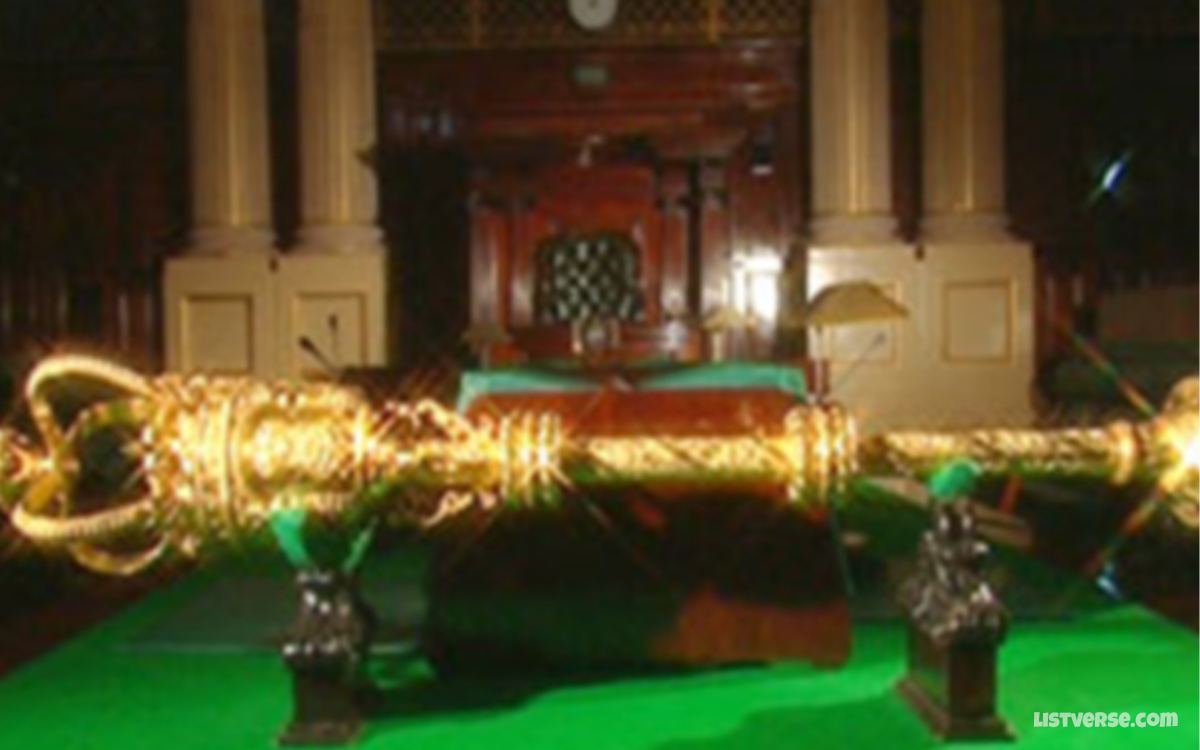
In the Victoria region of Australia, the Parliamentary Mace, was the symbol of the Office of the Speaker and one of the people’s constitutional rights, until it mysteriously vanished in 1891. On the afternoon of its disappearance, witness accounts put Thomas Jeffrey, a parliamentary engineer, as seen running away with a package that matched the one that stored the artifact exactly.
When his home was later searched, a display case with markings indicating its opening during the robbery matched the investigator’s suspicions. Yet, there wasn’t enough evidence to imprison Thomas for the crime.
There were claims that the house members took the made and left it in a brothel as part of a joke, though no evidence by the exploratory committee was ever found to substantiate this claim. The mace itself was with little, but the reward for its return will be $50,000. So if you are exploring the Victoria section of Australia near the suburbs of Melbourne on the shores of the Maribyrnong river, we wish you luck in acquiring some easy money and the love of the Victorian parliament.
7. The Crown Jewels Of King John

England’s Crown Jewels are well-renowned as the most impressive and ostentatious jewels in the world. When not used in coronation ceremonies, they are kept in the Tower of London at round-the-clock security by specially apportioned Yeoman of the Guard, a specialty group of Beefeaters that are nearly as popular in London as the treasures, which includes a scepter, a crown, and several other royal ornaments, that they guard.
The heavy security has not thwarted the theft of the Crown Jewels, however, on multiple occasions. When King John was trying to cross the Wash in 1216, he misjudged the incoming tide and lost his luggage as it washed out to sea. The luggage contained the Crown Jewels. To make matters worse, several days later he passed away from dysentery he contracted.
The Jewels are still believed to be somewhere in the Wash, with many treasure hunters descending on the area annually to try to retrieve the hidden treasure, even though the muddy waters and the fast incoming tides make it a particularly dangerous area.
8. Dutch Shultz’s Stash
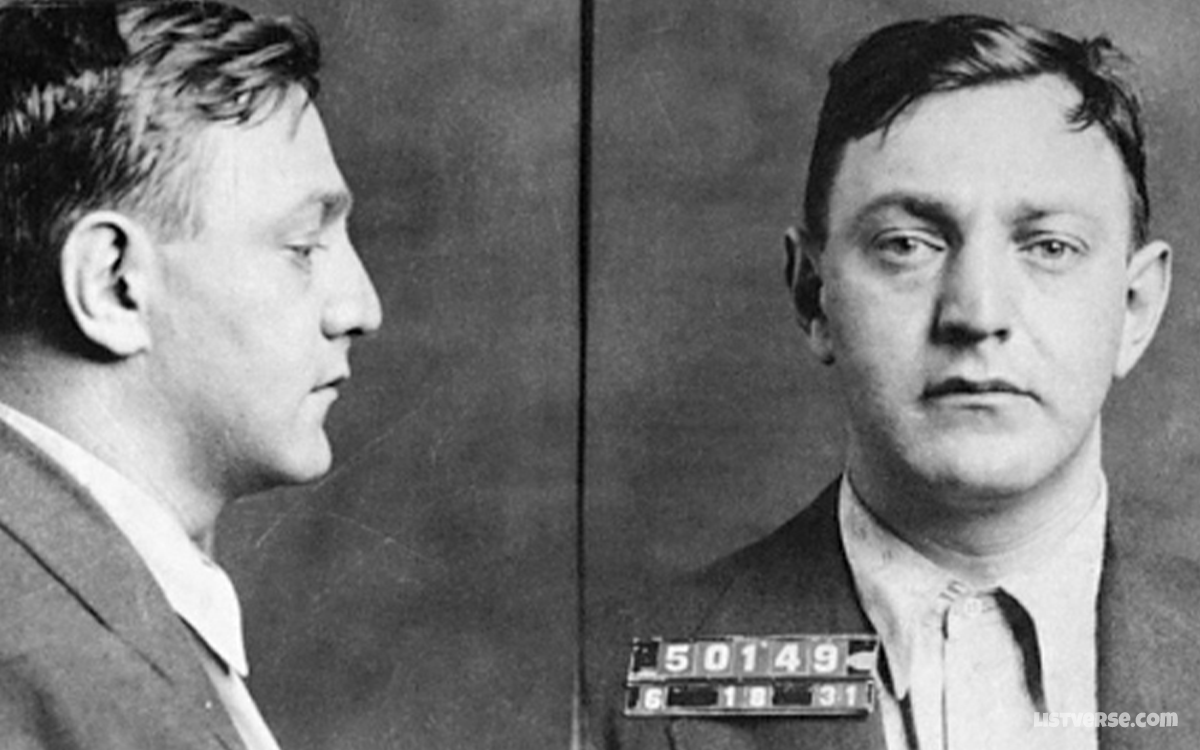
How did Arthur “Dutch” Flegenheimer acquire his massive, $20 million per year wealth? He stole it! Besides stealing everything around him that wasn’t nailed down, he even stole his nickname. The authorities pursued him for tax evasion, but unlike Al Capone who went down for the rime, Dutch stocked his fortune in a lockbox that he buried in the Catskills.
Being keenly aware of what happens to the fortune of mobsters who end up in prison, and wanting to get back go his fortune when things cooled down, Dutch told no one about the location of his buried treasure. He was able to escape prosecution, being acquitted of all charges against him. As he set about to reform his public image, he was gunned down during a meeting at an eatery.
Due to the expense and lack of information associated with locating a treasure in the vast wilderness of the Catskills, the attention focused on retrieving his fortune gradually waned for officials and treasure hunters alike. But the stolen millions still await some lucky person who stumbles across them in upstate New York’s mountain region.
9. The Lost Dutchman

There is no confirmation or evidence that the story of the Lost Dutchman is even real. But while most consider it just a widely told fairy tale, many have risked and lost their lives trying to hunt down the infamous hoard of treasure. Discovered in the 1840s in the aptly named Superstition Mountains in central Arizona, the treasure was mined by a family who shipped the gold back to Mexico, until the Apaches found them and killed them, leaving only two survivors who fled to Mexico. The site of the attack is still known as Massacre Ground.
Many people came forth claiming to know the location of the mine and were said to be in possession of maps to get there, but they all seem to fall victim to one tragedy or another while seeking to claim the gold as their own. Then, a German immigrant Jacob “The Dutchman” Waltz claimed to rediscover the lost mine with the help of one of the family’s original descendants.
The partner may have helped retrieve the gold and bury additional caches for safekeeping throughout the Arizona mountain range, but he would too soon meet his end. Some speculate that it was at the hands of the Apaches, while others believe Waltz himself was responsible.
By 1891, the Dutchman was in poor health. Realizing he would never get back to the mine himself, he confided the description of the mine’s location to his Phoenix neighbor, Julia Thomas, who was helping to take care of him. But even though she tried, like so many others she could not locate the mine either.
Since then, no one has been able to account for the mine’s whereabouts. However, most accounts of those who think they have discovered it comes from around Weaver’s Needle, a well-known formation just outside the Phoenix border. While the area gets many visitors, they are persistently warned by the National Park Service that it is dangerous terrain for the inexperienced and unprepared explorers.
10. Atomic Bomb Maps

Sometimes priceless artifacts are misplaced or lost due to the confusion in the fog of war. Other times, these artifacts are themselves are products o war. One of the most pivotal documents to go missing from the National Archives consists of just two pieces of paper, drafted by the Army Air Corps in 1945. This short document is the draft of the coordinated nuclear attack against the Japanese cities of Nagasaki and Hiroshima. The document showed a mapped-out photographic display of the region with key spots strategically pointed out for bombing.
Conclusion:
These reminders of a very dark period of human history have never been located. Even the task force set to search for them has not been able to identify their whereabouts. The thief could still be keeping the documents or they could have been destroyed by now. But the archives were at one point transcribed into an audio version, and that too was stolen from the archives. However, the former employee who took them and tried to sell them on eBay was soon discovered.
Frequently Asked Question:
how to find treasure without a metal detector?
Finding treasure without a metal detector can be challenging, but there are a few methods that you can use:
1. Research: Look for historical records, maps, and documents that might provide clues to the location of buried treasure.
2. Ground Penetrating Radar (GPR): This is a non-invasive technique that uses radar to detect underground objects and anomalies, which could indicate the presence of treasure.
3. Sifting and digging: You can search for treasure by sifting through soil and digging in areas where treasure is likely to be found, such as old homesteads, abandoned buildings, and historic sites.







